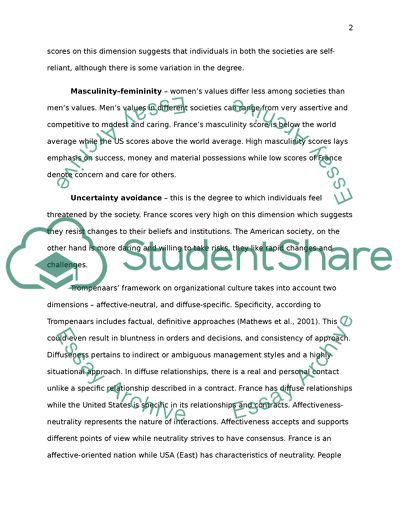Cite this document
(National Culture Impact on Employees Case Study, n.d.)
National Culture Impact on Employees Case Study. Retrieved from https://studentshare.org/human-resources/1742782-cross-cultural-negotiation-mgt
National Culture Impact on Employees Case Study. Retrieved from https://studentshare.org/human-resources/1742782-cross-cultural-negotiation-mgt
(National Culture Impact on Employees Case Study)
National Culture Impact on Employees Case Study. https://studentshare.org/human-resources/1742782-cross-cultural-negotiation-mgt.
National Culture Impact on Employees Case Study. https://studentshare.org/human-resources/1742782-cross-cultural-negotiation-mgt.
“National Culture Impact on Employees Case Study”, n.d. https://studentshare.org/human-resources/1742782-cross-cultural-negotiation-mgt.


